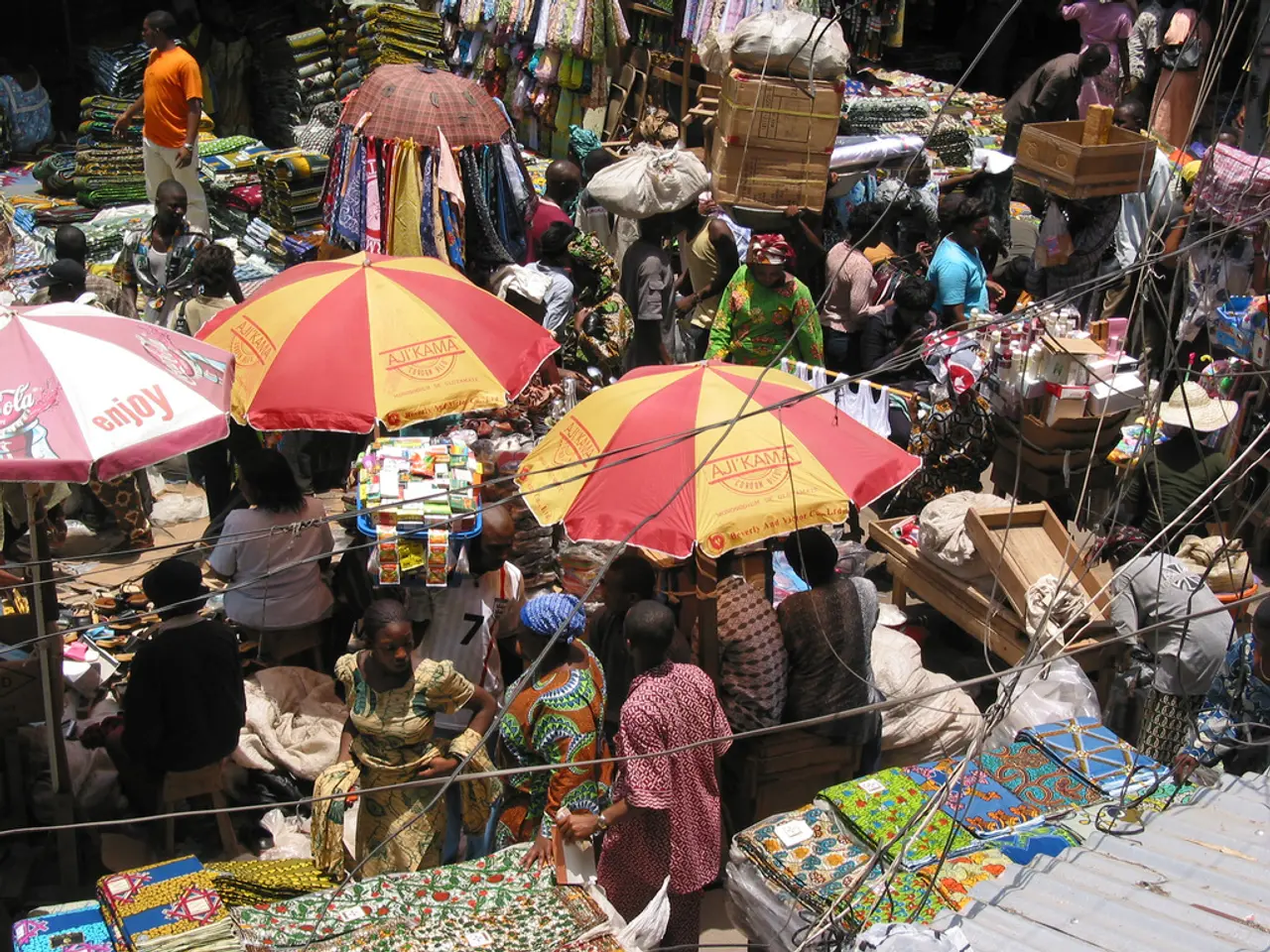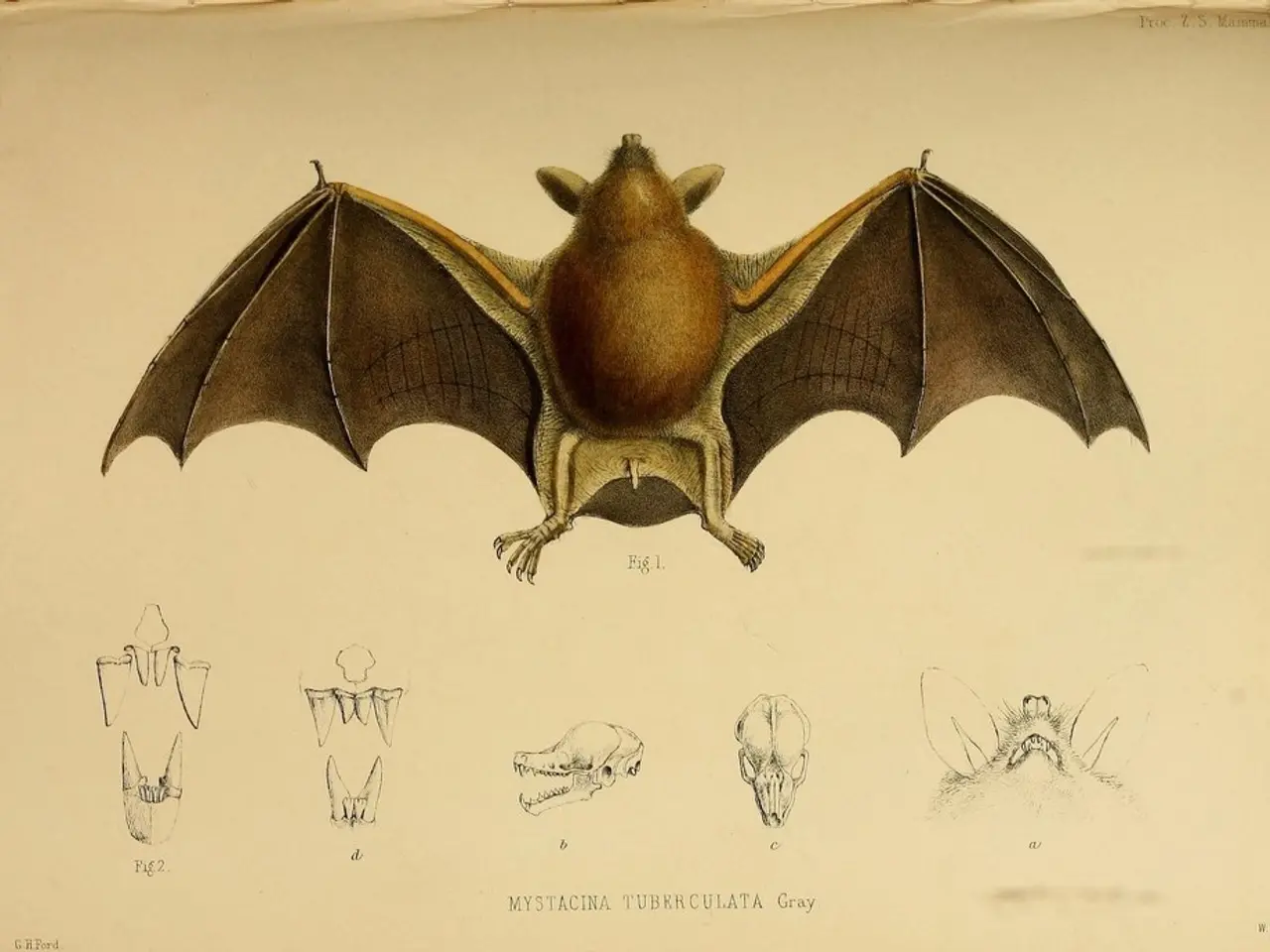Encountering Duplicates: A Battle Against reflects-ones
In the realm of data analysis, identifying and eliminating redundant variables can significantly improve the efficiency and performance of machine learning models. A new strategy for accomplishing this task has been presented, focusing on a network of linear correlations in large datasets. This approach, discussed in a recent article, makes use of a tool called degree centrality to prioritize variables for selection or removal.
The strategy begins by constructing a correlation graph among variables, where each node represents a variable and edges connect pairs with strong linear correlations above a predetermined threshold. The degree centrality for each node is then calculated, reflecting the number of strong correlations a variable has.
The key idea is to iteratively prune variables by selecting the variable with the highest degree centrality as a "representative" (most connected/redundant), then removing it and its strongly correlated neighbors from the graph. This process continues until no or few redundant variables remain.
Why Degree Centrality?
Degree centrality indicates how many other variables a node (variable) is strongly correlated with. High degree variables are likely to be most redundant and good candidates for elimination or selection as representatives, reducing multicollinearity.
Step-by-step Approach in R:
- Compute the correlation matrix of variables
- Threshold correlations to define edges of the graph
Choose a correlation threshold (e.g., 0.8) above which variables are considered strongly linearly correlated.
- Create a graph from adjacency matrix and compute degree centrality
Use the package:
```r library(igraph)
graph <- graph_from_adjacency_matrix(adj_matrix, mode = "undirected")
degree_centrality <- degree(graph) ```
- Iterative pruning based on degree centrality
- While the graph has nodes:
- Select the node with the highest degree centrality.
- Mark this node as representative (keep or remove depending on pruning goal).
- Remove this node and its neighbors (variables strongly correlated to it) from the graph.
- Recompute degree centrality for the remaining nodes.
```r prune_variables <- function(graph) { representatives <- c() while (vcount(graph) > 0) { deg <- degree(graph) max_node <- names(which.max(deg)) representatives <- c(representatives, max_node) neighbors <- neighbors(graph, max_node) graph <- delete_vertices(graph, c(max_node, neighbors$name)) } return(representatives) }
selected_vars <- prune_variables(graph) ```
will contain the variables that represent the non-redundant set.
5. Use the selected variables for further analysis
Subset your dataset using to exclude redundant variables.
This method is supported by the centrality and pruning strategy described in the hypergraph study [2] and the concept of degree centrality in network analysis [3]. It is practical and computationally efficient in R using simple packages like .
By following this approach, you can prune a dataset by eliminating redundant variables with strong linear correlations using degree centrality in R, resulting in a more lightweight and efficient model for inferential purposes.
Data-and-cloud-computing technology can be used to implement the step-by-step approach for pruning redundant variables in large datasets using degree centrality. By leveraging cloud-based computational resources, this process becomes faster and scalable, allowing for efficient handling of larger datasets.
Moreover, the technique of iteratively pruning variables based on degree centrality can be considered a notable application of technology in data-and-cloud-computing, as it enables the creation of more lightweight and efficient machine learning models.




